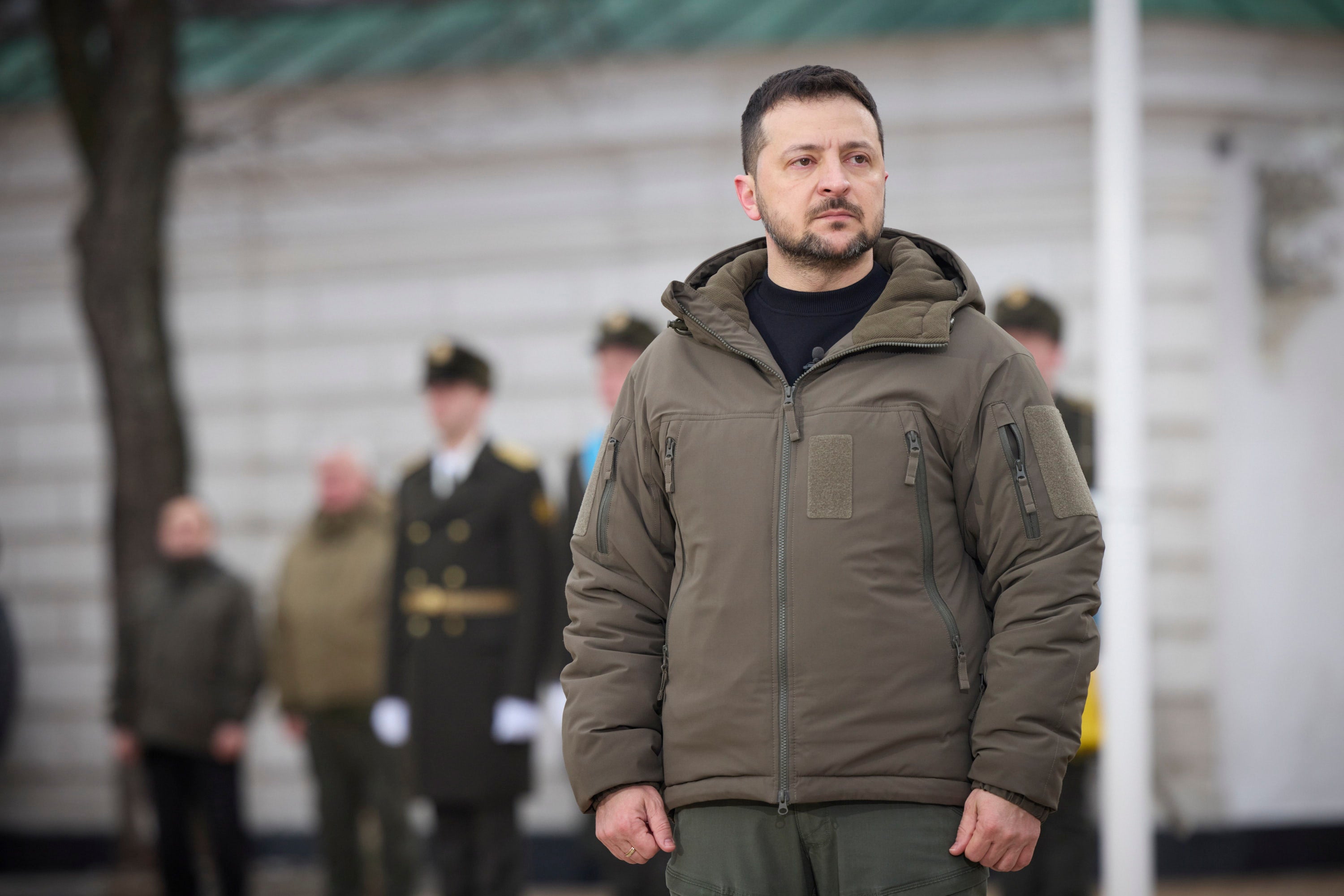I’ve spent 20 years covering conflict, from Iraq to Syria – but nothing prepared me for the horrors of Ukraine
Friends died and many of us came under fire as we tried to report the fighting, writes our world affairs editor Kim Sengupta


Your support helps us to tell the story
From reproductive rights to climate change to Big Tech, The Independent is on the ground when the story is developing. Whether it's investigating the financials of Elon Musk's pro-Trump PAC or producing our latest documentary, 'The A Word', which shines a light on the American women fighting for reproductive rights, we know how important it is to parse out the facts from the messaging.
At such a critical moment in US history, we need reporters on the ground. Your donation allows us to keep sending journalists to speak to both sides of the story.
The Independent is trusted by Americans across the entire political spectrum. And unlike many other quality news outlets, we choose not to lock Americans out of our reporting and analysis with paywalls. We believe quality journalism should be available to everyone, paid for by those who can afford it.
Your support makes all the difference.“These are human beings, they have thrown them away like bags of rubbish,” whispered Iryna Bondarenka at a mass grave behind St Andrew’s church in Bucha as she searched for the body of her missing brother. The corpses had been flung into a shallow pit in black plastic sacks. Some had split, limbs had broken free; one palm rose from the soil as if cupped in supplication.
Nicolai Bondarenko had been taken away by Russian troops after the town was captured. His body – fingers broken, ribs smashed, with a bullet hole in the back of the head – was eventually found in the basement of a burned-out house along with two others. This was just one episode in a systematic process of violent human rights abuse by Russian forces in occupied areas.
Torture, rape, murder and abductions of civilians, the echoing sadness of the families left behind, is the familiar sorrow and pity of war: scenes that those of us who have covered conflict have witnessed in many places around the world.
In the course of reporting war we have experienced targeted violence – like in Iraq, where our hotel in Baghdad was blown up by suicide bombers, killing more than 40 people. Fellow journalists, friends like James Foley and Steven Sotloff, have been kidnapped and murdered by Isis in Syria.
But even in this world of risk and strife, Ukraine feels different from other wars. What has been unfolding here for the past year is of seismic significance – a chapter in shaping modern history, akin to the fall of the Berlin Wall and the 9/11 attacks and their aftermath. The norms of geopolitics, as we know them, have shifted fundamentally.
This is the first conventional conflict taking place in the continent since the Second World War. Modern cities are being destroyed by ballistic missiles and heavy artillery, swarms of drones have been sent into densely populated areas. The death and destruction is set to continue with advanced sophisticated weaponry – with more of them, in quality and quantity, being deployed by both sides as they try to claw their way out of a bloody stalemate.
There was talk that what the Russians did to Chechnya would be revisited on Ukraine when Vladimir Putin ordered the invasion. Those of us who were in Kyiv, at the time, were told that Ukraine’s capital would be reduced to rubble – like Grozny. There were images of a 40-mile Russian armoured convoy heading our way. We were repeatedly told, in official briefings from London and Washington, to get out of town.
There was a general exodus out of Kyiv with the roads to the west of Ukraine and towards the Polish border, blocked solid with people fleeing. Shops and offices shut, the capital becoming a place emptying by the hour.
A large number of international journalists also left in a rush, some of them rebasing in Lviv, others leaving altogether. The atmosphere among the remaining media became calmer, with those deciding to stay prepared for the long haul. Most of us were relatively experienced, but we had to remind ourselves that we had not been in such a war before between two heavily armed European states – something we have not covered before.
Kyiv got pounded daily and nightly. Ukrainian air defences managed to shoot down a large number of incoming missiles, but others got through – hitting apartment blocks, destroying homes, killing and maiming people.
Ferocious clashes continued just outside the capital. Covering these battles became increasingly risky. Five journalists were killed in the first month of the fighting. They included Pierre Zakrzewski and Brent Renaud, both of whom I knew, who were killed in Gorenka and Irpin respectively. A Sky News team of Stuart Ramsay, Dominique Van Heerden, Martin Vowles and Richie Mockler, all good friends, and their Ukrainian producer Andrii Lytvynenko, were lucky to escape with their lives after an ambush in Bucha in which Stuart and Richie were both shot.
Many of us came under fire as we tried to report the fighting – once at Irpin, northwest of Kyiv, where we had gone with volunteers to deliver aid. Advancing Russian troops cut off the streets around a church where distribution was taking place and started shooting. The residents ran into a church, we left in a hurry.
Two young men, brothers Youri and Valentin Ostapenko, were killed when their car was hit. We abandoned our car and left under the cover of a bridge blown by the Ukrainians to stop the enemy breaking through. We got a lift back to the centre of Kyiv. It took 28 minutes: that’s how close the Russians had come to the heart of Ukraine’s government.
As Russian forces advanced in the Donbas in the spring, that area became increasingly hazardous to cover. The town of Lysychansk came under pounding attack, with Ukrainian forces hanging on. A missile strike on a building distributing aid severely injured a woman we had interviewed 10 minutes earlier. A day later a French video journalist, Frederic Leclerc-Imhoff, died when a lorry going to evacuate residents was hit by shrapnel.
Lurking in the back of one’s mind through all this was something that seems unthinkable, the prospect of nuclear weapons being used or a nuclear catastrophe taking place.
But each time there was nuclear sabre-rattling from the Kremlin, or shells and missiles flying around the nuclear plants of Chernobyl and Zaporizhzhia, there were questions among the journalists on whether anyone had taken the time to study the emergency safety procedures in the case of a nuclear attack, or which way the wind was blowing.
As the war reaches its first anniversary, one knows only too well that we are at a place that is going through a catastrophe. Around 100,000 Ukrainians who had joined armed forces to defend their country have been killed or injured, along with thousands of civilians. We know some of the dead and wounded from our time working here over the years.
What we have experienced as journalists reporting from here, we are fully aware, does not remotely compare with the suffering the people of Ukraine have endured, and will continue to endure, in this terrible conflict with no end in sight in the near future.
Join our commenting forum
Join thought-provoking conversations, follow other Independent readers and see their replies
Comments